5. The film plays with the viewer’s expectations and makes them active participants
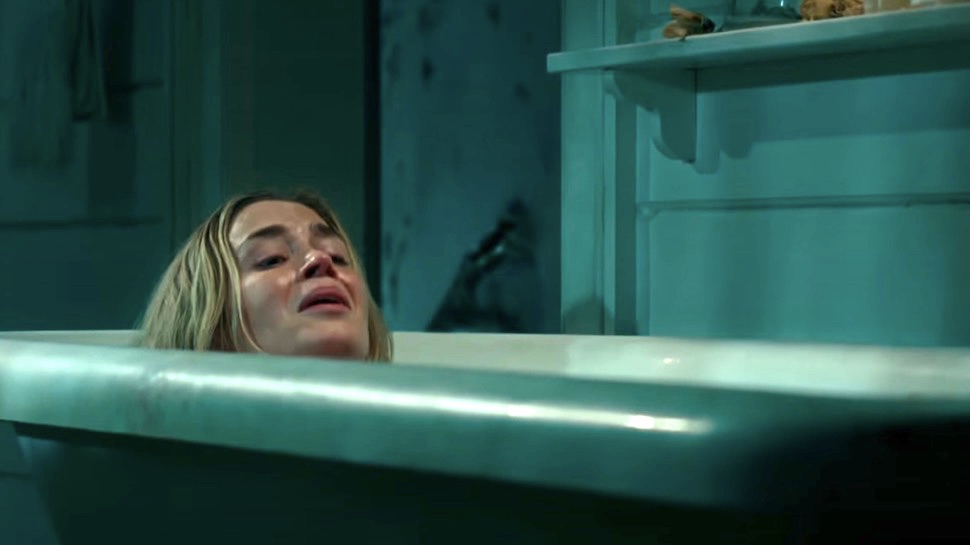
From the very opening sequence to the nerve-jangling climax, A Quiet Place is an intense viewing experience and a masterfully played game of tension. It seems a film custom fit to make the audience, usually a passive participant, fully engaged in the unfolding terror.
Some of the most effective horror films ever made, such as the aforementioned Alien, and other classics of the genre such as William Friedkin’s The Exorcist (1973), Brian De Palma’s Carrie (1976) or the more recent chiller from Robert David Mitchell, It Follows (2014), are great successes because the viewer becomes so invested in the fates of the characters.
Not only that, but the astute audience member also gets caught up in the cinematic calisthenics, and let’s face it, the oft-used gimmick that the effective fright film is running on. Often it’s a fear of the unknown (Alien, The Exorcist), a teen exploitation angle (Carrie, It Follows), or a combination of tried and true genre tropes with a few new wrinkles tossed in (as with all of the above mentioned films, including A Quiet Place).
The results may vary but, as with A Quiet Place, part of the intentional outcome amidst all the nerve-shredding anxiety, is a tightly hewn thrill ride experience. The heart rate jackhammers while audience members are left reeling through nasty scenarios, though wisely never spoonfed all outcomes like idiots. The viewer is given respect, and the result is a horror movie that nails it all, and transcends what we’ve come to expect from a frightening cinema experience.
4. There is very strong political and social commentary throughout
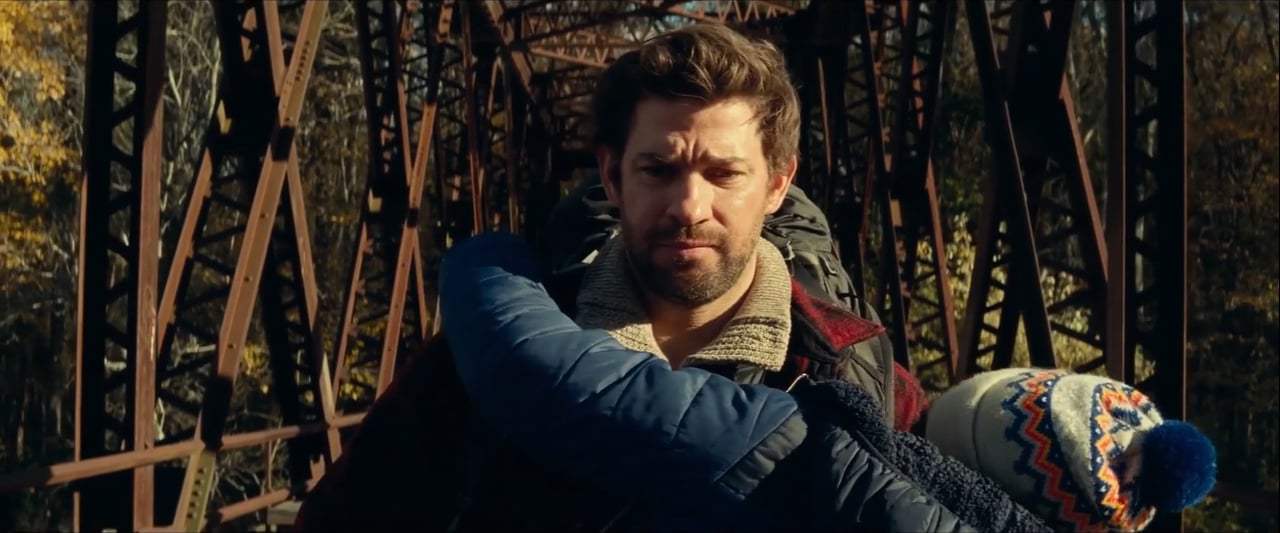
“[A Quiet Place] is a movie about family,” Krasinski recently told the Hollywood Reporter, adding: “It’s a metaphor about what family is and the extremes you go to as a parent to protect your kids.” When pressed about whether or not the film could also be viewed as an indictment of Trump’s America and the political unrest that goes along with that, the director says: “That’s not what I was going for, but the best compliment you can get on any movie is that it starts a conversation […] The fact that people are leaving and talking about anything is really fun — but certainly about deep stuff like that, is awesome.”
Some of the most recent and surprisingly successful genre films of the last few years, horror films like Attack the Block (2011), Green Room (2015), Don’t Breathe (2016), and Get Out (2017), have been continuing the tradition of genre gems like Dawn of the Dead (1978) and Candyman (1992), wherein stark societal commentary entwines itself with the horrors onscreen to present an often ironical pisstake on social trends while also emphasizing the use of metaphor.
In the case of A Quiet Place, such allegorical premises play with parenthood, and it’s here that Krasinski told Playboy Magazine that comparisons can be made with the current US political climate. “I think in our political situation, that’s what’s going on now: You can close your eyes and stick your head in the sand, or you can try to participate in whatever’s going on.”
3. Charlotte Bruus Christensen’s cinematography
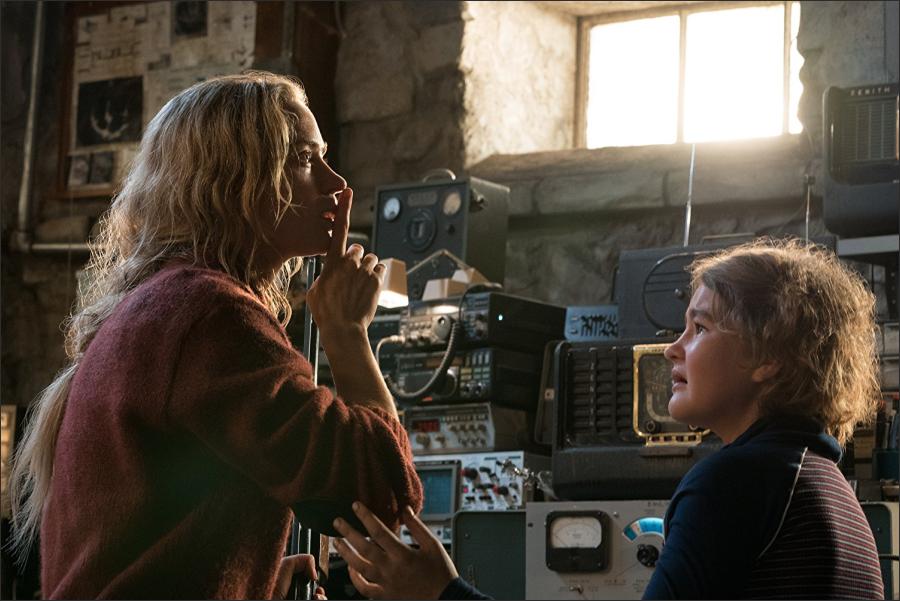
Having done previously impressive work with her fellow countryman Thomas Vinterberg, lensing his intriguing 2010 drama Submarino — her breakthrough picture — Danish cinematographer Charlotte Bruus Christensen has amassed a marvellous CV that no doubt brought her to Krasinski’s attention.
In 2012 she re-teamed with Vinterberg for the harrowing masterpiece The Hunt — which netted her the Vulcan Award and the Bodil Award for Best Cinematographer — which helped rocket her to larger scale work in the US. After a third film with Vinterberg (2015’s Far from the Madding Crowd) she also lensed such notable films as Fences (2016), The Girl on a Train (2016), and Molly’s Game (2017).
Her work on A Quiet Place has many poetic flourishes that help heighten the horror’s both on and off screen. A cornfield at night with the stalks gently bending in the sway of a breeze and the silver pale of moonlight is disrupted by a darkly moving shape, propelled by a seemingly supernatural strength. The shadows in a semi-dark home, a nail protruding from a basement staircase, nearly obscured in the half light, or a prying yet deeply intimate close-up of a mother’s face, wracked with fear and affection at once.
A Quiet Place will be forever remembered for its brilliant use of sound (see the next section of this list for more detail on this), but it would be folly to overlook the numerous and many clever and well-executed tableaus that Krasinski and Christensen capture on camera.
2. The brilliant sound design
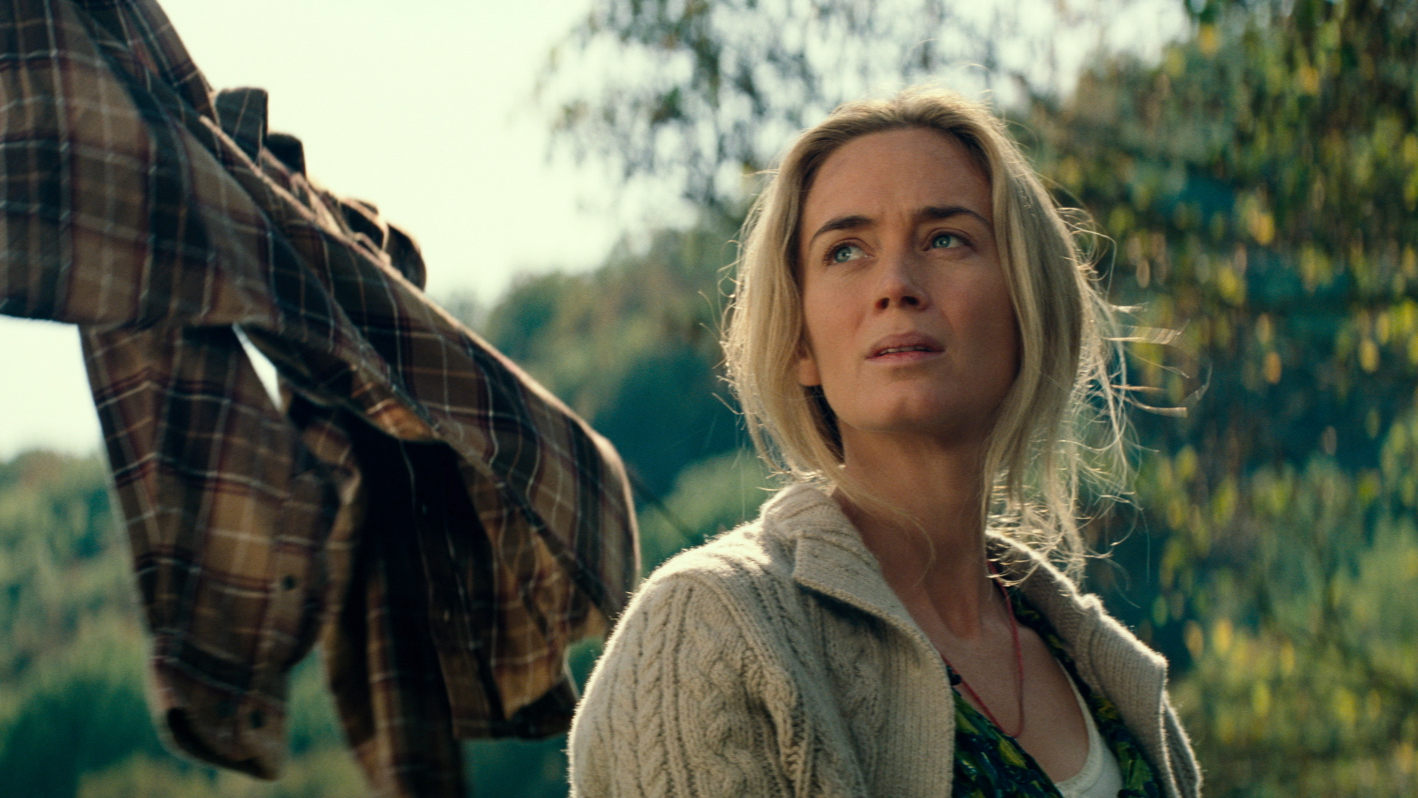
Rarely has sound in cinema been as palpable, pronounced, and used to such frightening effect as with A Quiet Place. In the world presented onscreen, making too much noise can be a sinister and swift death sentence, and so to mess with the audience’s minds, little things in the background carry with them an amplified sound for dramatic emphasis. Combined with a traditional musical score (composer Marco Beltrami occasionally overdoes it perhaps, but this is a horror film after all), sudden silences, and changes in perspective, all combine to make the movie as visceral as possible.
For some of the film’s most effective and frightening scenes, scenes where the viewer is forced into the perspective of Regan, the deaf daughter, sound becomes almost entirely absent from the equation, and the visuals take on a heightened, almost psychedelic intensity. These sequences are highly effective thanks largely to supervising sound editors Erik Aadahl and Ethan Van der Ryn.
And while being hemmed in to Regan’s silent bubble is agonizingly effective, the audience is also treated to sequences from the monster’s point-of-view. And when those nasty, sensile, teeth-gnashing creatures notice a sound and then we often crash cut or zoom into the cause of the commotion, the sounds reverberate, the heart-rate jackhammers, and the audience, as one, heaves and worries. A Quiet Place is perfect for a packed theater in order to get the full fallout.
The monsters, which are blind, communicate with one another by making clicking sounds and echolocation noises not unlike what bats use. This adds an eerily identifiable factor to the unfolding events, that also force something of a familiarity for the viewer.
Other smartly utilized sounds include the use of feedback and static (as with Regan’s cochlear implant/hearing aid, and the radio that Lee uses to try and locate other survivors. It’s through this manipulation of sometimes calamitous feedback (“We had like 100 different versions of feedback,” Krasinski told the New York Times), and jangly white noise that our heroes see sometime of solution, transient though it may prove to be, to save their skin.
Loudness levels and desultory wall of noise interference are used to frequent and unexpected effectiveness, and its a smart assumption that a wave of imitators will attempt similar feats, and we can no doubt expect diminishing returns here. But for now we can easily enjoy that smart and savvy use of sound design here to scare us all silly.
1. In the director’s own words
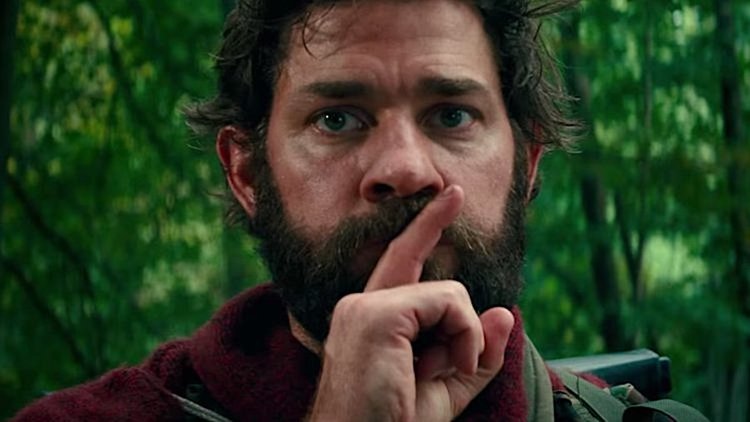
“We live in a world now where you see all these movies, like Marvel movies, and there’s so much sound going on, so many explosions. I love those movies, but there’s something about all that noise that assaults you, in a way. We thought, what if you pulled it all back? Would that make it feel just as disconcerting and just as uncomfortable and tense? […] We thought, is this too much? Will people find this more of an audible experiment and not a movie? […] I decided to take a big leap. I thought, if I’m worried that people aren’t going to get it, then I’m probably doing something right.”
– John Krasinski (in discussion with Mekado Murphy of The New York Times)
Author Bio: Shane Scott-Travis is a film critic, screenwriter, comic book author/illustrator and cineaste. Currently residing in Vancouver, Canada, Shane can often be found at the cinema, the dog park, or off in a corner someplace, paraphrasing Groucho Marx. Follow Shane on Twitter @ShaneScottravis.